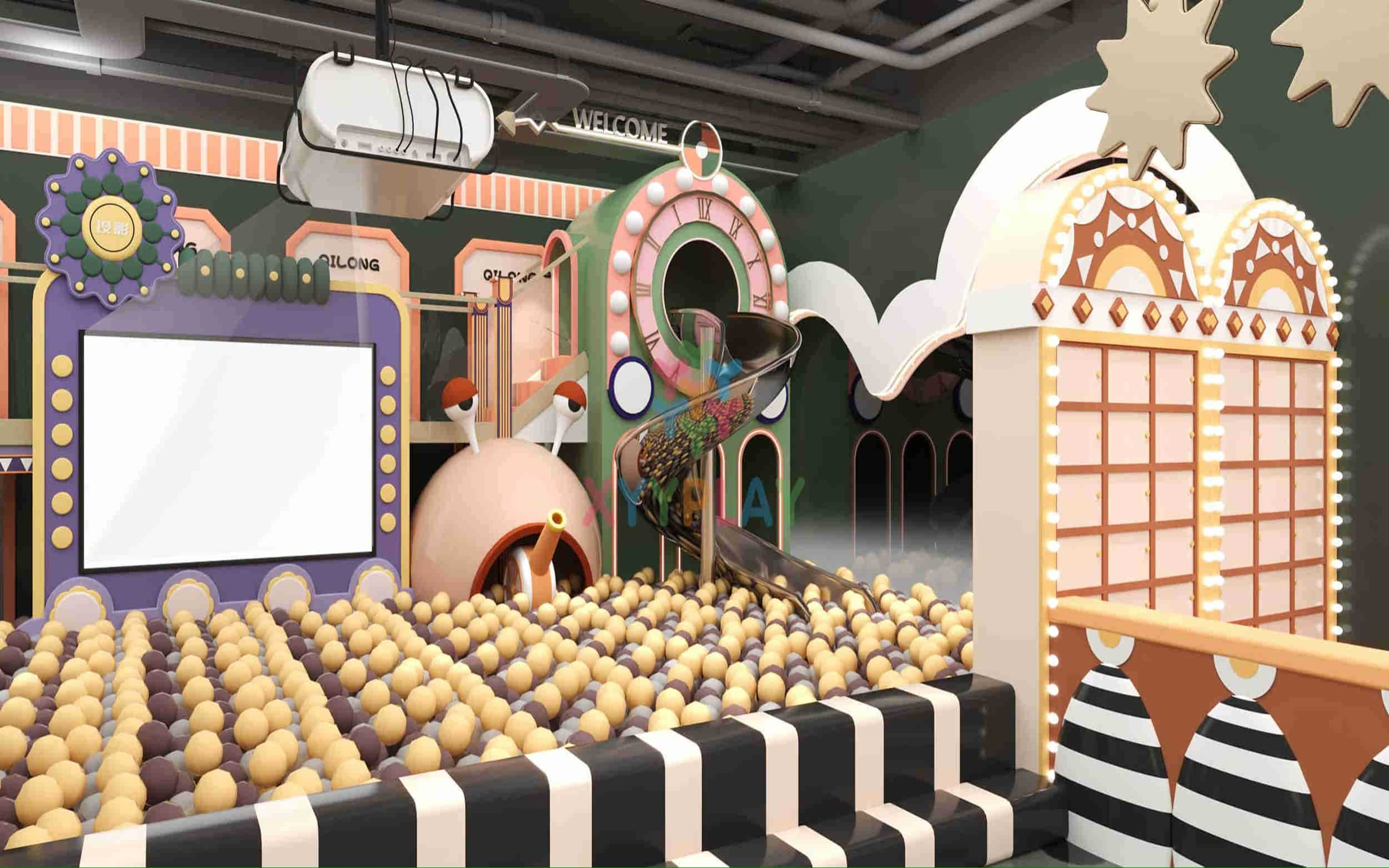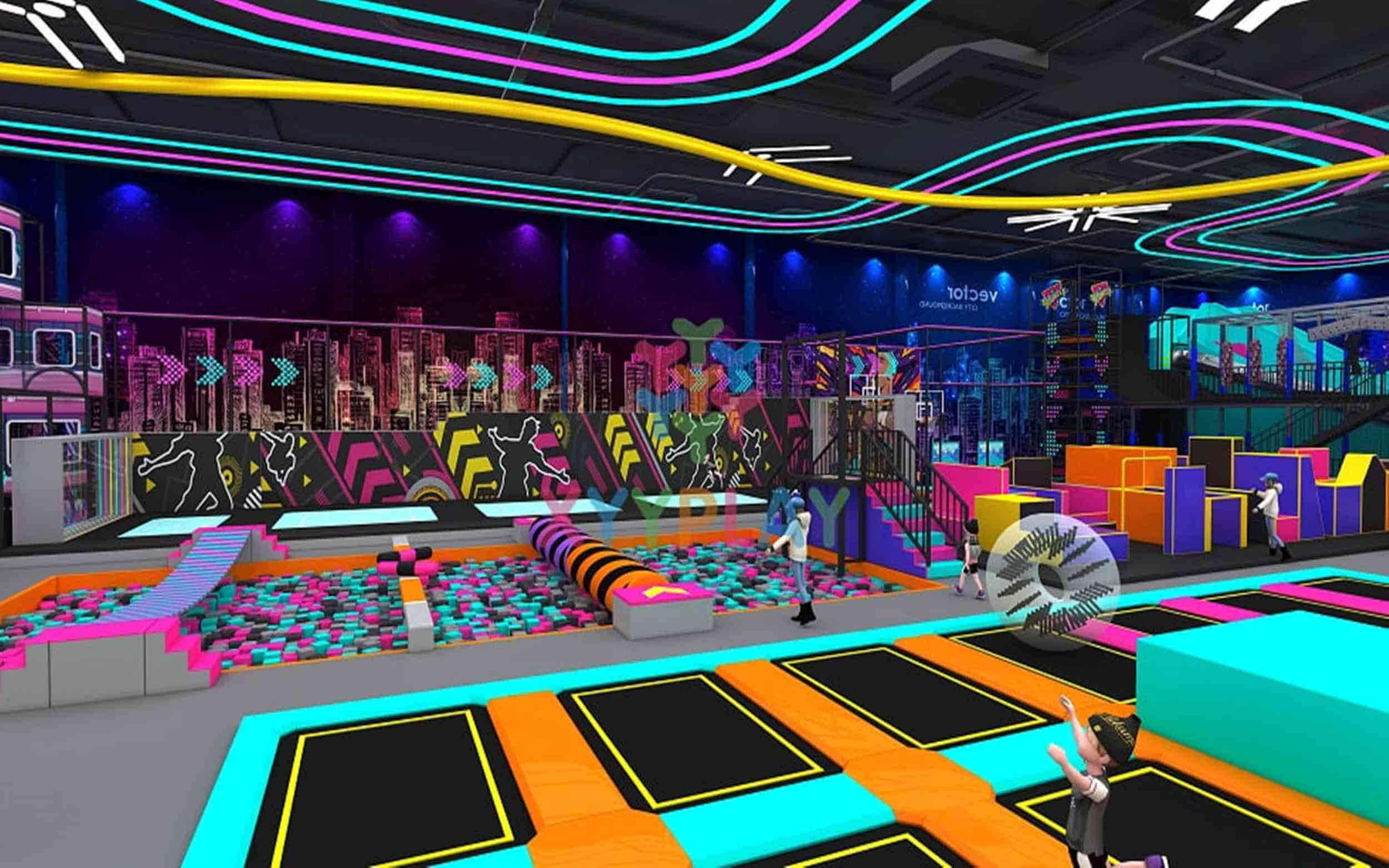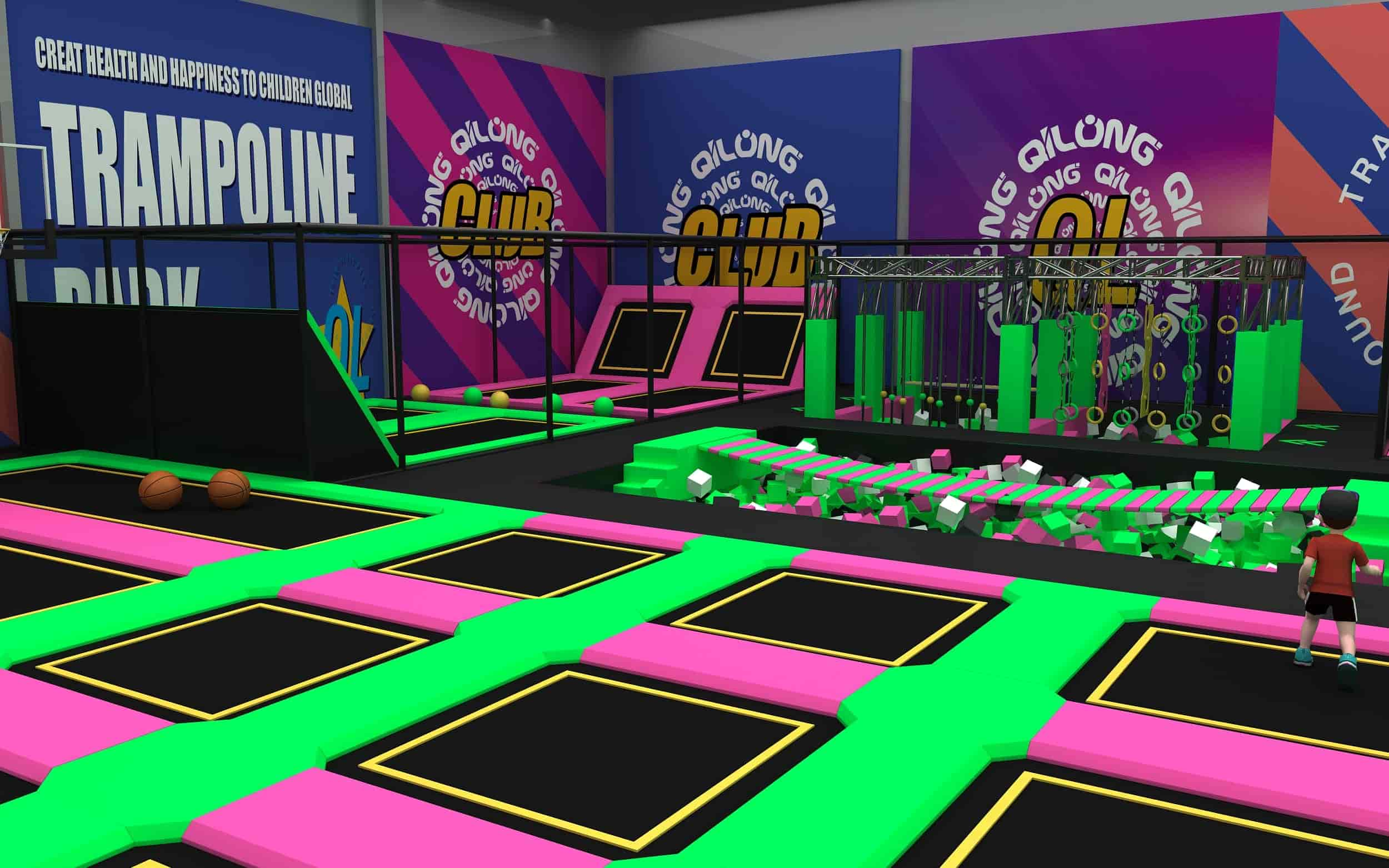When setting up an indoor playground, there are several key steps and considerations to ensure its successful operation and attract more customers. Here are some key steps and considerations to help you establish a successful indoor playground. First, you need to determine the theme and scale of the playground. This will help you determine the equipment and decorating style needed and give your playground a unique brand image. For example, you can choose a sci-fi theme, zoo theme, or educational theme to attract customers of different ages. Second, you need to choose a suitable location. A good location can attract more customers, such as being located in a shopping mall, children's activity center, or busy area within the community. Additionally, ensure the venue has enough parking spaces and convenient transportation. Next, you need to consider the layout and design of the playground. Ensure that the equipment is placed reasonably, the aisles are spacious, and the safety exits are clearly marked. At the same time, design an attractive decoration style to make guests feel comfortable and happy. When choosing equipment, ensure that they comply with local safety standards and regulations. Indoor playground equipment typically includes inflatable bouncers, climbing walls, slides, trampolines, etc., which should have sufficient durability and safety. In addition to equipment, you also need to consider offering other services, such as birthday party packages, childcare services, etc., to attract more customers and increase revenue. Finally, to successfully operate an indoor playground, you need to develop a detailed marketing plan, including social media promotion, partnerships, special events, etc., to attract more customers and maintain their loyalty. Overall, to successfully establish an indoor playground, you need to consider multiple factors, including theme, location, design, equipment, services, and marketing plans. Through careful planning and execution, you will be able to create a unique, safe, and popular indoor playground.
View More























